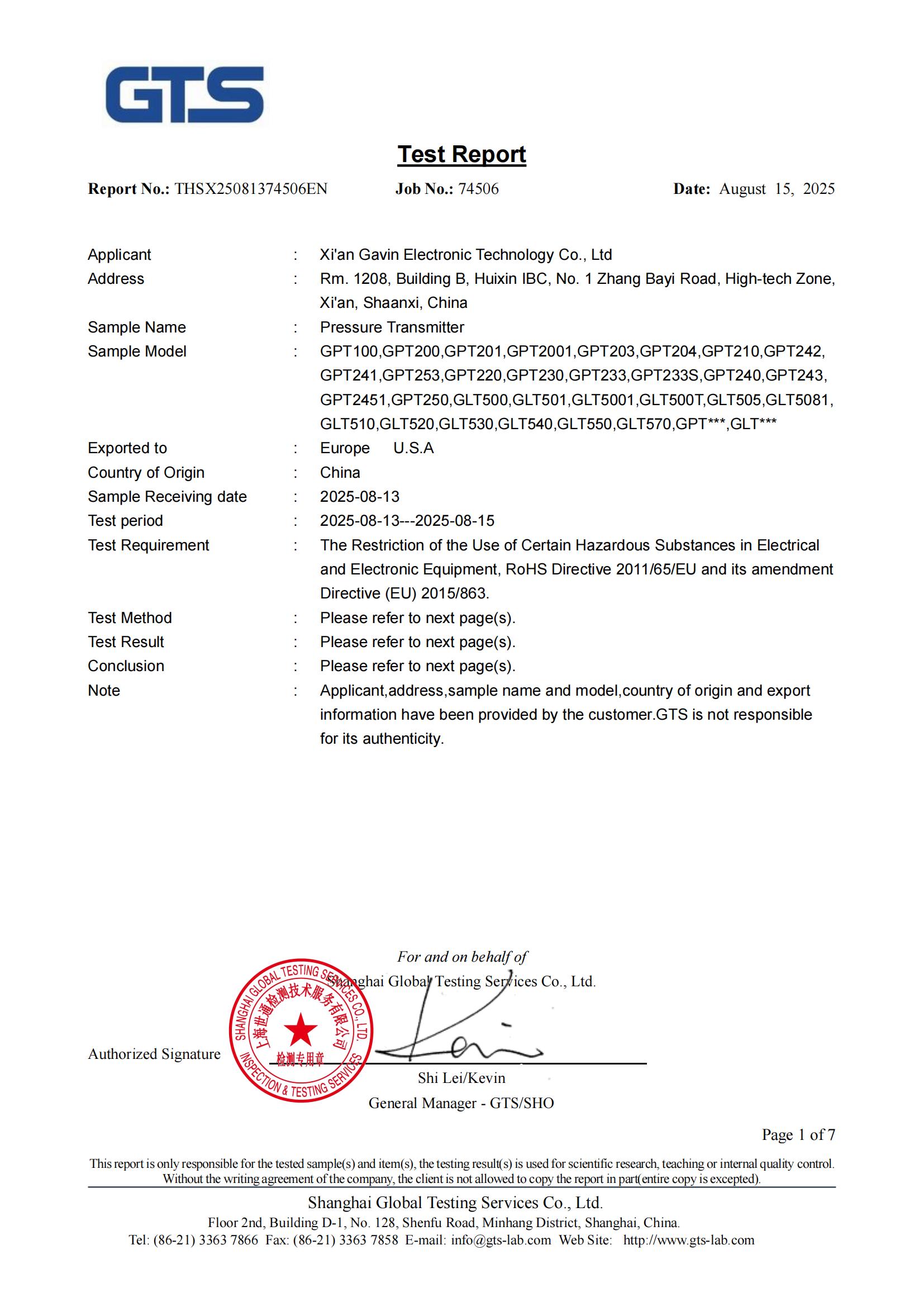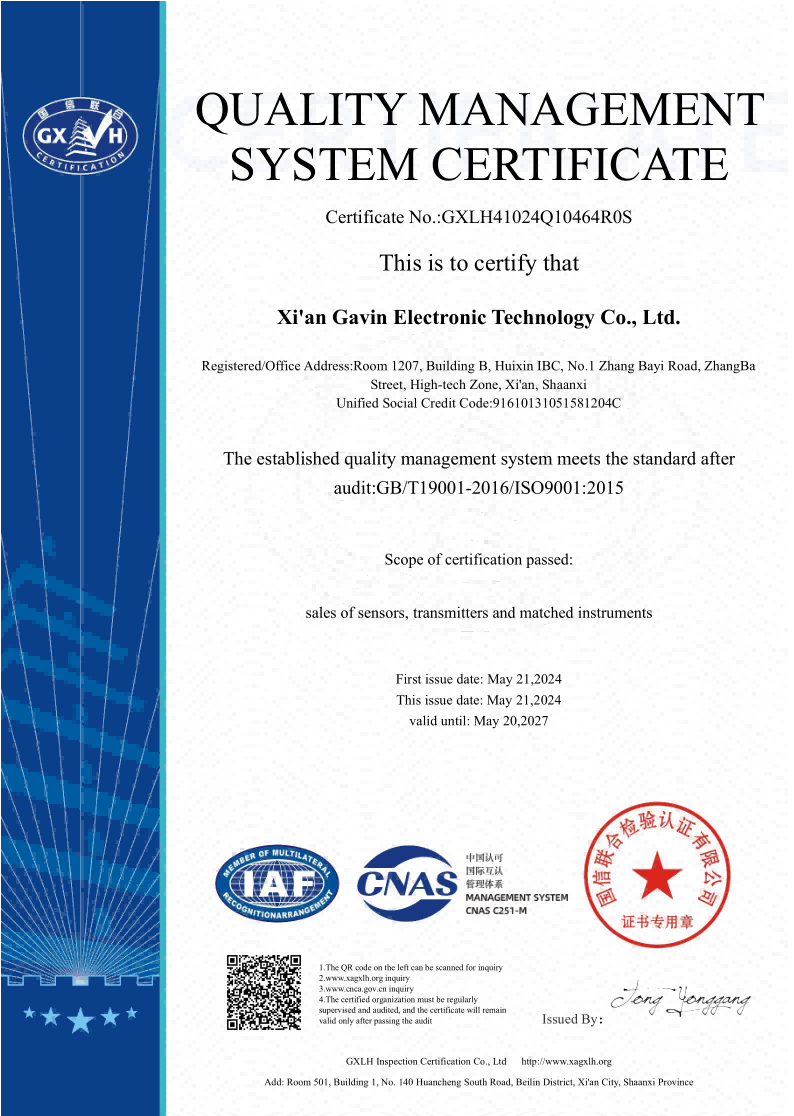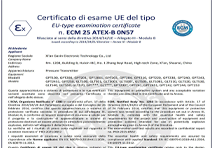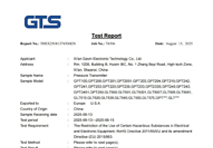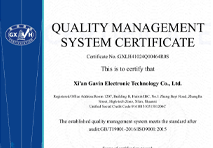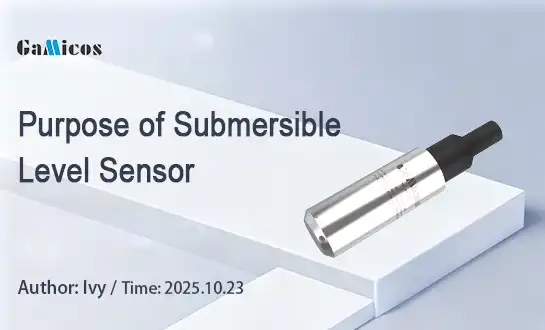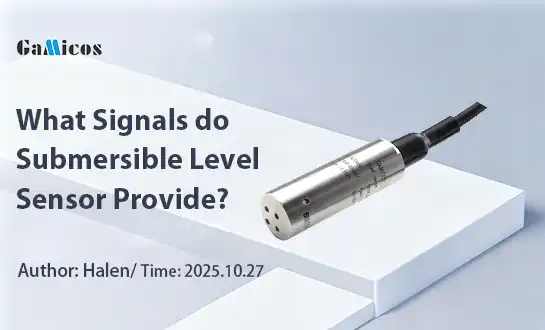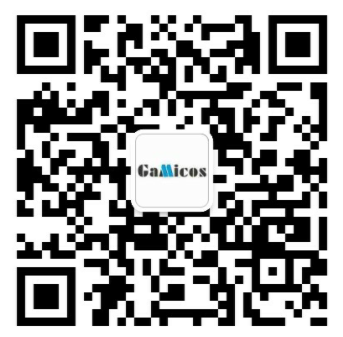How accurate are water level sensor?
Factors Affecting Water Level Sensor Accuracy
Water level sensors typically offer accuracy ranging from ±0.1% to ±1% of full scale, depending on the technology used and environmental conditions. High-end sensors can achieve accuracies as precise as ±0.075%. Factors like temperature fluctuations, calibration quality, and installation methods significantly impact measurement precision. Regular maintenance and proper calibration are crucial for maintaining optimal accuracy in water level monitoring applications across various industries.
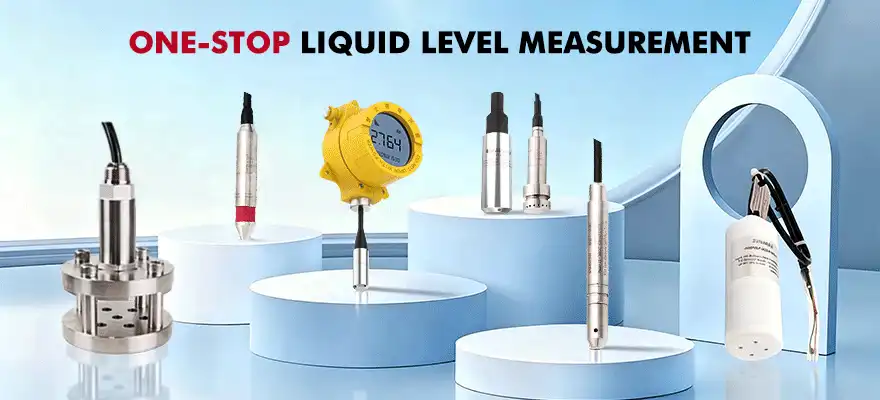
Factors Affecting Water Level Sensor Accuracy
Environmental Influences on Water Level Sensor Performance
The accuracy of water level sensors can be strongly influenced by various environmental conditions. Temperature fluctuations, for example, can cause thermal expansion or contraction of sensor components, resulting in gradual measurement drift over time. Similarly, changes in humidity and atmospheric pressure can impact sensor performance, particularly in outdoor or open-air installations where exposure to the elements is unavoidable. These factors can introduce subtle errors that, if uncorrected, may compromise the reliability of water level monitoring.
In addition to environmental conditions, physical disturbances in the water itself can affect sensor accuracy. Turbulence, waves, or rapid water movement can create fluctuations that introduce noise into the measurements, making it more difficult to obtain stable readings. Proper sensor placement, shielding, and calibration are essential to minimize these effects and ensure precise, dependable water level monitoring in diverse conditions.
Calibration and Maintenance Considerations for Water Level Sensors
Proper calibration is essential for ensuring the long-term accuracy of water level sensors. Over time, sensors can experience drift due to environmental conditions, aging components, or operational stress. Regular calibration checks allow operators to detect and correct these deviations, maintaining precise and reliable measurements. Establishing a routine calibration schedule is particularly important for critical applications where accurate water level data is necessary for operational decisions or safety monitoring.
Equally important are consistent maintenance practices. Cleaning sensor probes to remove debris, sediment, or biofouling ensures unobstructed measurements, while verifying wiring connections and electrical integrity prevents signal loss or interference. Neglecting these maintenance tasks can gradually degrade sensor performance, resulting in unreliable readings and compromised system monitoring. Combining regular calibration with proper upkeep maximizes the lifespan, accuracy, and dependability of water level sensors in any environment.
Impact of Installation Methods on Water Level Sensor Accuracy
The installation method of a water level sensor plays a critical role in determining its measurement accuracy. Proper mounting and positioning are essential to ensure consistent and reliable readings. For instance, pressure-based sensors must be installed at the correct depth and orientation to capture accurate water levels, while avoiding factors that could distort the pressure signal. Incorrect placement can lead to systematic errors and reduce the sensor’s effectiveness over time.
Ultrasonic sensors also require careful positioning to function optimally. Obstacles, reflective surfaces, or surface turbulence can interfere with the emitted signal, causing inaccurate measurements. Selecting the appropriate installation technique involves considering both the sensor type and the environmental conditions of the site. Thoughtful placement ensures accurate, stable, and dependable water level monitoring in any application.
Applications of Water Level Sensors in Industry
Water Level Sensors in Water Resource Management
Water level sensors are essential tools for the efficient management of water resources. In reservoirs and dams, they provide continuous, real-time data on water levels, allowing operators to make informed decisions regarding water release, storage, and flood control. Accurate monitoring helps optimize reservoir operations, ensures water availability, and reduces the risk of overflow or water shortages.

For groundwater management, high-precision water level sensors are invaluable in tracking aquifer levels over time. This data supports sustainable water extraction practices, helping to prevent overuse and preserve long-term water availability. Accurate water level monitoring also plays a key role in maintaining ecological balance, protecting surrounding habitats, and supporting responsible resource management for both human and environmental needs.
Industrial Process Control and Water Level Sensors
In industrial environments, water level sensors are vital for both process control and safety management. In chemical processing plants, precise water level measurements are crucial for accurate mixing, reaction control, and maintaining product quality. Reliable sensor data ensures that processes run smoothly, reducing waste and minimizing the risk of errors that could compromise safety or efficiency.
The food and beverage industry also depends on water level sensors to maintain consistent filling of tanks and vessels, ensuring product uniformity and quality. Similarly, in the oil and gas sector, these sensors monitor storage tanks and separators, where even minor inaccuracies can lead to operational disruptions or safety hazards. Accurate water level monitoring is therefore essential across diverse industrial applications.
Environmental Monitoring Applications of Water Level Sensors
Environmental agencies and researchers rely heavily on water level sensors to monitor natural water bodies. These sensors provide essential data for tracking tidal fluctuations, river flow rates, and flood risks, enabling timely interventions and informed management decisions. Accurate water level monitoring supports the protection of aquatic habitats and helps maintain the health and stability of diverse ecosystems.
In wetland conservation, precise water level measurements are critical for sustaining delicate ecological balances. Climate change research also depends on high-accuracy sensors to monitor long-term trends such as sea-level rise and glacial melt. By delivering reliable and continuous data, water level sensors play a pivotal role in environmental science, guiding conservation efforts, informing policy decisions, and enhancing our understanding of changing global water systems.
Improving Measurement Precision with Water Level Sensors
Advanced Design of Water Level Sensor Design
Recent advancements in water level sensor technology have greatly enhanced measurement precision and reliability. Modern sensors now integrate digital signal processing and microcontroller units, enabling real-time error correction and more accurate readings. These improvements help minimize measurement drift and ensure consistent performance across a wide range of environmental conditions.
Some of the latest water level sensors also incorporate machine learning algorithms, allowing them to adapt dynamically to changing conditions such as turbulence, temperature fluctuations, or debris in the water. Additionally, the development of non-contact sensors, including radar and laser-based systems, has broadened their applications while maintaining high levels of accuracy. These innovations make modern water level sensors more versatile, dependable, and suitable for both industrial and environmental monitoring needs.
Best Practices for Optimizing Water Level Sensor Accuracy
To ensure water level sensors deliver the highest accuracy, it is important to follow established best practices. Regular calibration against known reference standards is crucial, particularly in applications where precision is critical. Maintaining a consistent calibration schedule helps detect sensor drift early and ensures reliable readings over time. Additionally, implementing redundant sensor setups allows for cross-verification of measurements, making it easier to identify anomalies and reduce the risk of errors.
Proper installation also plays a key role in measurement consistency. Shielding and grounding sensor cables minimizes the impact of electromagnetic interference, while submersible sensors benefit from desiccant air tubes or vented cables. These measures maintain pressure equilibrium and prevent condensation, ensuring stable and accurate readings under varying environmental conditions.
Future Trends in Water Level Sensor Accuracy Improvement
The future of water level sensor accuracy is highly promising, driven by emerging technologies. Quantum sensors, although still under research, have the potential to deliver unprecedented precision in measuring water levels. At the same time, the integration of IoT (Internet of Things) and AI (Artificial Intelligence) is set to transform sensor networks, enabling real-time monitoring, advanced data analytics, and predictive maintenance. These innovations will allow operators to respond more quickly to changes and improve overall system efficiency.
Advances in materials science are also expected to play a crucial role in enhancing sensor performance. More durable and stable sensor components will increase long-term reliability and reduce maintenance needs. Together, these technological developments promise to significantly improve the accuracy and resilience of water level sensors across a wide range of applications.
Conclusion
In conclusion, the accuracy of water level sensors is a critical factor in numerous applications across industries. While current technologies offer high levels of precision, ongoing advancements continue to push the boundaries of what's possible. From environmental monitoring to industrial process control, the demand for increasingly accurate water level measurements drives innovation in sensor design and implementation strategies. As we look to the future, the integration of cutting-edge technologies promises to further enhance the capabilities and reliability of water level sensors, ensuring their continued importance in water management and related fields.
Precision Water Level Sensing Solutions - GAMICOS
GAMICOS, a leading manufacturer in water level sensing technology, offers state-of-the-art solutions for precise and reliable measurements. Our GLT500 submersible water level sensor exemplifies our commitment to accuracy and durability. With customizable options and advanced features like automatic temperature compensation, GAMICOS sensors cater to diverse industrial needs. Our expertise spans across pressure, ultrasonic, and radar level sensing technologies, ensuring optimal solutions for various applications. For unparalleled accuracy and support in water level monitoring, contact GAMICOS at info@gamicos.com.
References
1. Johnson, M. R. (2022). "Advances in Water Level Sensor Technology for Environmental Monitoring." Journal of Hydrological Engineering, 27(3), 145-160.
2. Smith, A. L., & Brown, K. P. (2021). "Calibration Techniques for High-Precision Water Level Sensors in Industrial Applications." Sensors and Actuators A: Physical, 315, 112231.
3. Zhang, Y., et al. (2023). "Impact of Environmental Factors on Water Level Sensor Accuracy: A Comprehensive Review." Water Resources Research, 59(5), e2022WR033789.
4. Patel, R. K., & Garcia, L. M. (2020). "Best Practices for Water Level Sensor Installation and Maintenance in Reservoir Management." Water Resources Management, 34(11), 3465-3480.
5. Chen, H., & Wilson, T. S. (2022). "Future Trends in Water Level Sensing: From Quantum Technologies to AI Integration." IEEE Sensors Journal, 22(8), 7532-7545.

Eva
Eva specializes in bridging the gap between cutting-edge sensor technology and market needs. With 8 years of experience in industrial product marketing, she has successfully launched multiple sensor product lines—from pressure transmitters to fuel level sensor—into global markets.
We're here to help — submit your request anytime!
Let us know how we can help solve your pressure level measurement challenge.
Recommended Blog
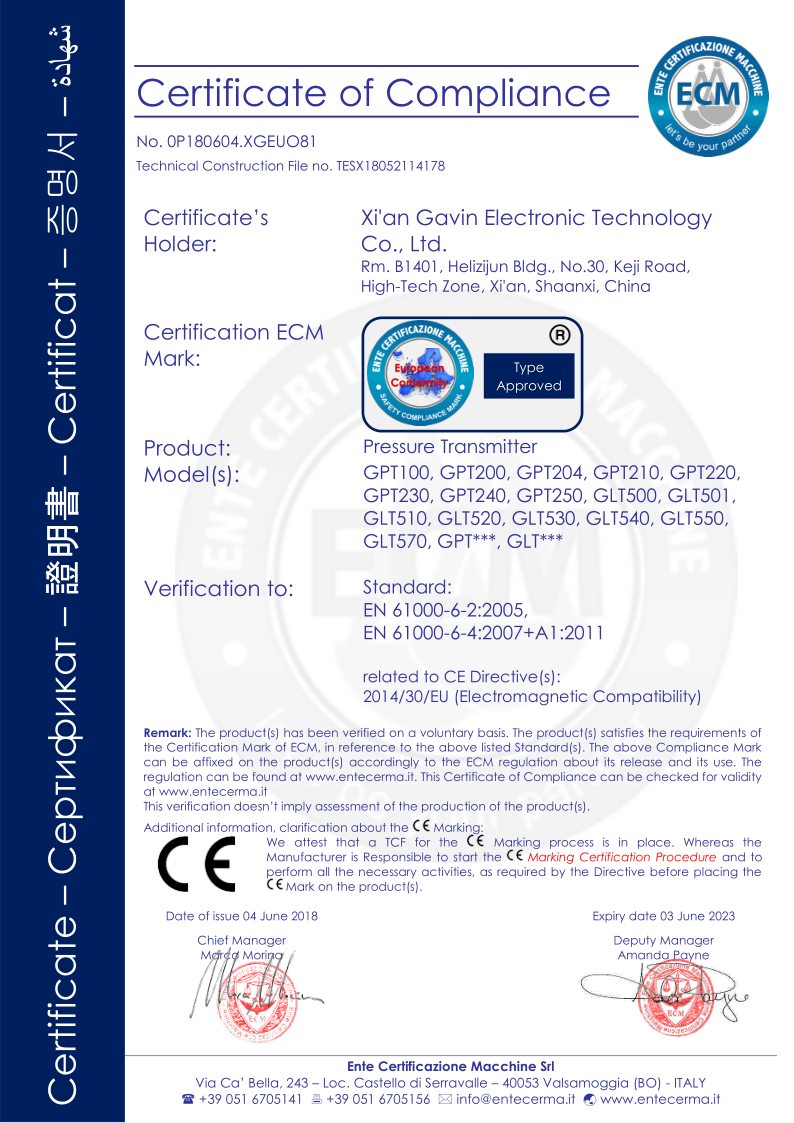
_1757930850792.jpg)
